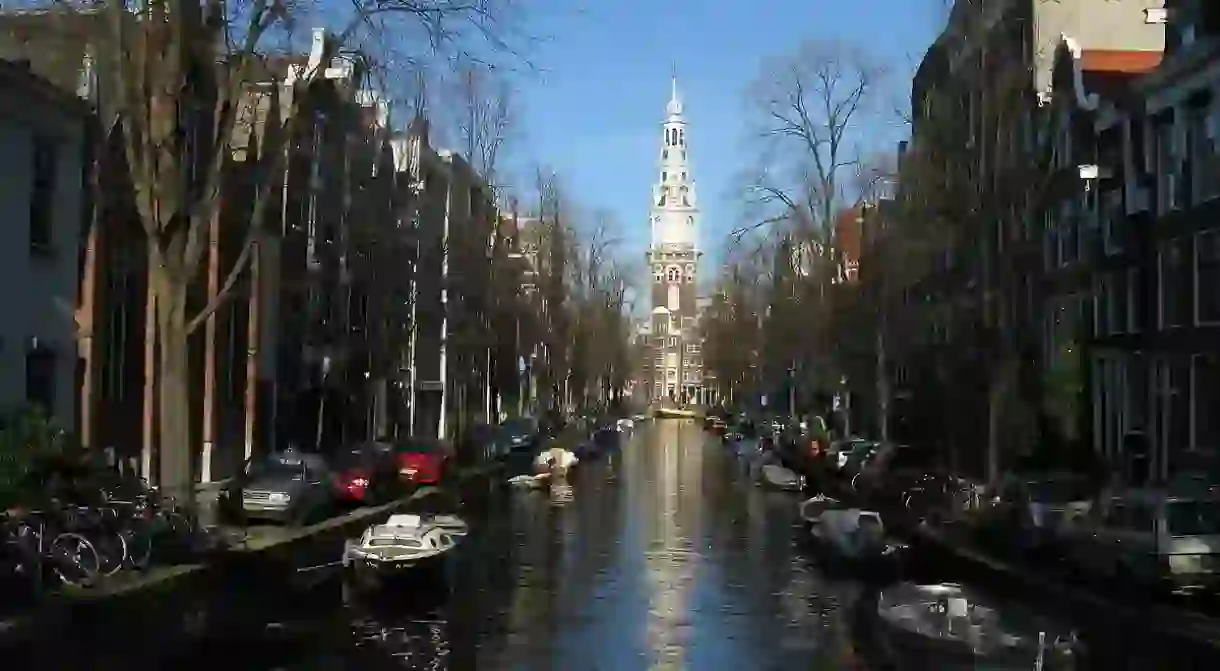A Brief History Of De Zuiderkerk, Amsterdam

When Calvinism hit the Netherlands during the early years of the Reformation, Amsterdam underwent a large-scale religious conversion. The Catholic faith was overthrown by the newly established Dutch Reformed Church, allowing the Netherlands to brake away from Papal control. This schism had a profound effect on Amsterdam and led to the creation of several important religious buildings, including de Zuiderkerk.
To ensure that Catholicism remained politically debilitated, the Dutch government banned its practice and confiscated the church’s land. Most Catholic cathedrals and monasteries were seized by the authorities and eventually converted into Protestant buildings. These sites were stripped of Catholic iconography and renovated according to modest, Calvinist standards. In Amsterdam, de Oude Kerk and de Begijnhof were completely sacked and eventually presented to the city’s Protestant congregation.
Although these buildings offered suitable sanctuary, they still contained visible traces of Catholicism. Realizing this, Amsterdam’s municipality decided to construct several new churches that were specifically designed around Protestant services. The first building to be erected was de Zuiderkerk – an enormous church located in Nieuwmarkt that was completed in 1603.

The church was designed by Hendrick de Keyser as an homage to southern Gothic architecture. This stylistic choice was combined with motifs typically associated with the Dutch Renaissance, resulting in a monumental building that effectively captured both movements’ distinctive aesthetics. In 1614 a gigantic spire was added to de Zuiderkerk and forty years later a large carillon of bells was installed inside its tower.
De Zuiderkerk has appeared in several famous works of art and has long been associated with Rembrandt. The artist built his home on a street that lies parallel to the church and regularly frequented de Zuiderkerk. Three of his children are actually buried in the church’s crypt – alongside several other famous figures from Dutch history. During a visit to Amsterdam in 1874, Claude Monet decided to immortalize the church and created an elaborate watercolor painting of the canal leading to the steeple.
Today, the church is open to the public and acts as a cultural center that hosts events, concerts and exhibitions.
📅 Monday to Friday, 9AM – 5PM, Saturday 12PM – 4PM













